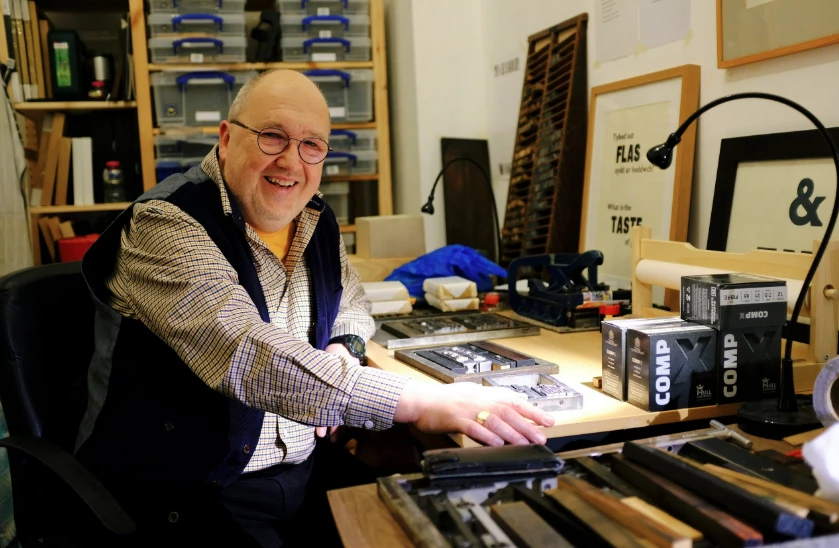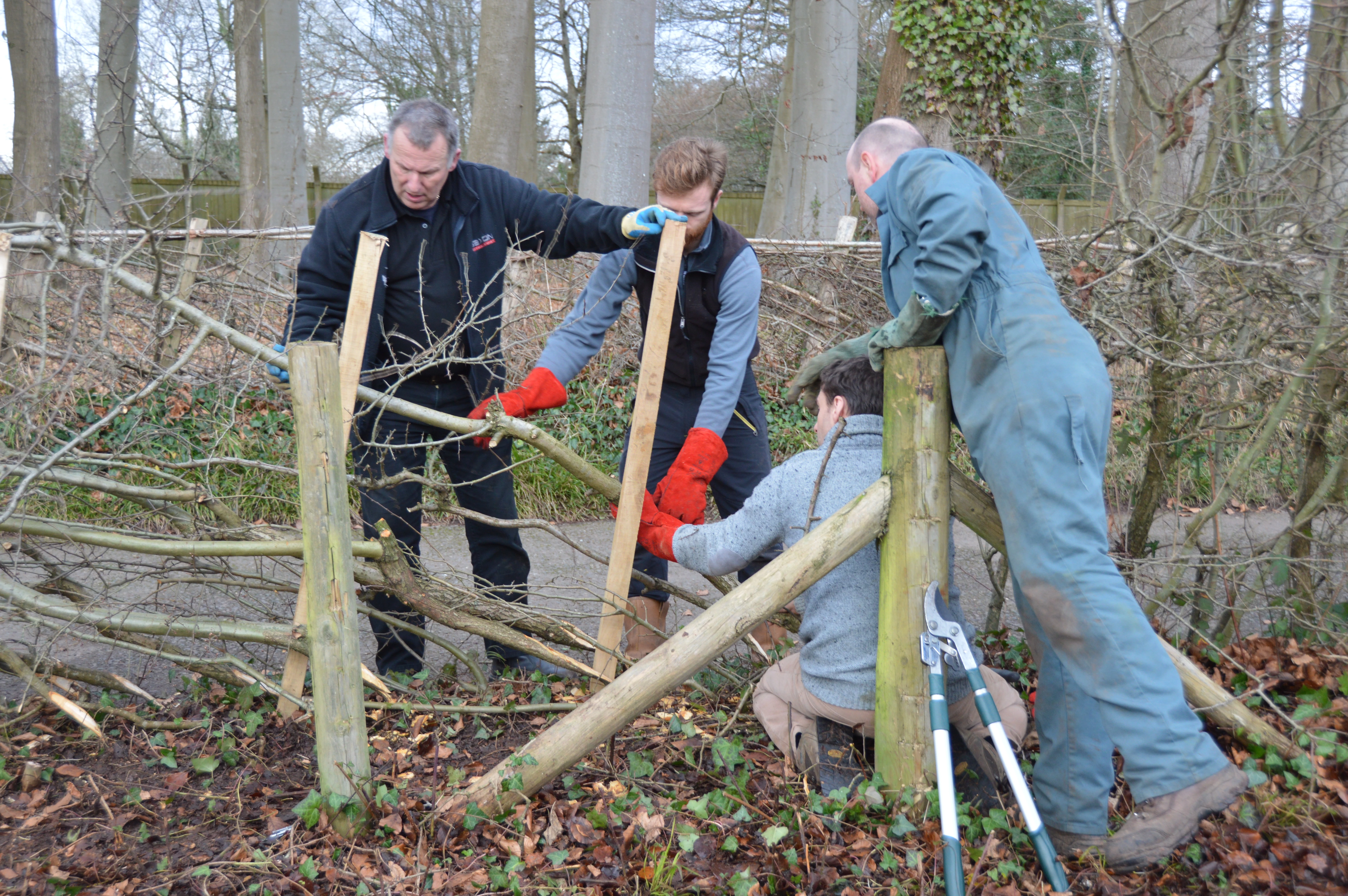It’s a pleasure to be able to share our thoughts as a Youth Leadership Network on Amgueddfa Cymru's platform. The SSAP Youth Leadership Network is the youth arm of the Sub-Sahara Advisory Panel. It constitutes a group of highly driven and critical young leaders from diverse backgrounds.
In our last meeting, we hosted a discussion on the topical issue of statues and paintings that relate to British colonial history, particularly those of Thomas Picton here in Wales. The session was chaired by Dr. Sarah Younan from National Museum Cardiff. We were joined by the highly esteemed comparative sociologist educator Abu Bakr Madden Al Shabazz, Dr. Douglas Jones from the National Library of Wales and the Director General of Amgueddfa Cymru, David Anderson. A noteworthy and recommended resource used here is James Epstein's “Politics of Colonial Sensation: The Trial of Thomas Picton and the Cause of Louisa Calderon” in the American Historical Review.
The following are excerpts from the discussion including key events in the history of Picton: the slavocracy he was responsible for as governor of Trinidad, his well-known trial for accusations of misconduct abroad (involving the torture of Louisa Calderon) and thereafter, his deployment to Spain, death at Waterloo and posthumous honorary tributes in the form of statues, paintings, and some literary works.
Who was Thomas Picton?
Picton was commissioned in 1771, and was, according to the description on his portrait by Sir Martin Archer in the National Museum Wales collections, "a controversial governor of Trinidad in 1797-1803". The details of the said controversy are well illustrated in his trial for inflicting torture on Louisa Calderon (The Trial of Governor T. Picton for Inflicting the Torture on Louisa Calderon a Free Mulatto and one of His Britannic Majesty’s Subjects in the Island of Trinidad, (London, 1806)).
The trial of Picton
To sum up the details of the trial, a cause célèbre at the time, we turned to the blog by Dr. Jones for the National Library of Wales. In 1806, Picton was called to a trial at the King's Bench following his authoritarian and brutal rule in Trinidad. The accusation leveled against him was signing off an order for torture at the request of a highly influential planter, Begorrat, a planter also responsible for the execution of a dozen slaves at the time of the torture in question. Several things made this torture notable, not least amongst which are the following facts. It was the torture of a 14-year-old freed girl. It was the first trial for misconduct of an official in the execution duties while in service abroad. And, as Willian Garrow, the lead prosecutor, noted at the trial, it was the first time torture had been used officially in Trinidad.

While the details of the case are unique, its nature is ubiquitous, the misconduct of a high official under the influence of highly influential personnel, devoid of moral courage, and hidden away using technical legalities. This is how Picton was found guilty at the initial trial, but would 2 years later find himself never to be sentenced. In fact, he would go on to serve the British empire in Spain and would end up as the highest-ranking official to die at Waterloo, eventually being buried in St Paul's Cathedral a national hero. His public exoneration was about as swift and inexplicable as this outlined turnaround of events.
Depicting Picton Today
Today, he has a statue honouring his memory in Cardiff City Hall among the heroes of Wales, a portrait in National Museum Cardiff, and an obelisk in Carmarthen.

Perhaps the most unfortunate thing in all this is how the majority of us have become complicit in the obliteration of the history and memory of that free Mulata girl, Louisa Calderon. Instead, we have willingly or unwillingly contributed to the ever-growing memory of Sir Thomas Picton, as polarising as it has always been. By obliterating the memory of Louisa Calderon, we have severely distorted our collective view of the big man. And readily, we have reduced Louisa to a single case, a stain in both the history of Picton, and British colonial history, a stain which regrettably many have washed away in a falsified sense of pride in the man.
If we attempt to reconfigure this distorted view of Picton to what we know was the more complete form of the man, many will be offended. They have every right to be, because many of them were lied to. They were never afforded the chance to make their own true and more complete judgement of the man. But they must take this offense, the rage at the sense of betrayal, and rightly turn it to the overdue redress. And now is the opportune time to do that.
The leadership panel suggests a number of ways in which this is possible
Suggestions for moving forward
The first and unquestioned is the removal and resituating of the current statues and paintings. The purpose of this is not to remove figures like him from history, but rather to put them in a contextualized environment, where their complete history can be more truthfully and completely told. This will allow our present-day collective memory of such figures to be rid of the bias that's been wrought by failure to tell their histories in the proper colonial context and in environments that allow all members of the public to digest this history.
Secondly, and an extension to the first recommendation, is multi-level education across different institutions responsible for public and private education. Notably, the attempts to re-educate the public should not place sole importance on the humanities but must make an honest attempt to diversify the contents of curricular in subjects such as the sciences.
We encourage members of the public to take an active role in engaging in the public discourse on the future of such statues, monuments, and memorabilia. These should not reflect the views of the elite few, but the public.
Our work with young people at Amgueddfa Cymru is part of the Hands on Heritage initiative kindly supported by the National Heritage Lottery’s Kick the Dust fund - changing perspectives on heritage with the help of young people.









